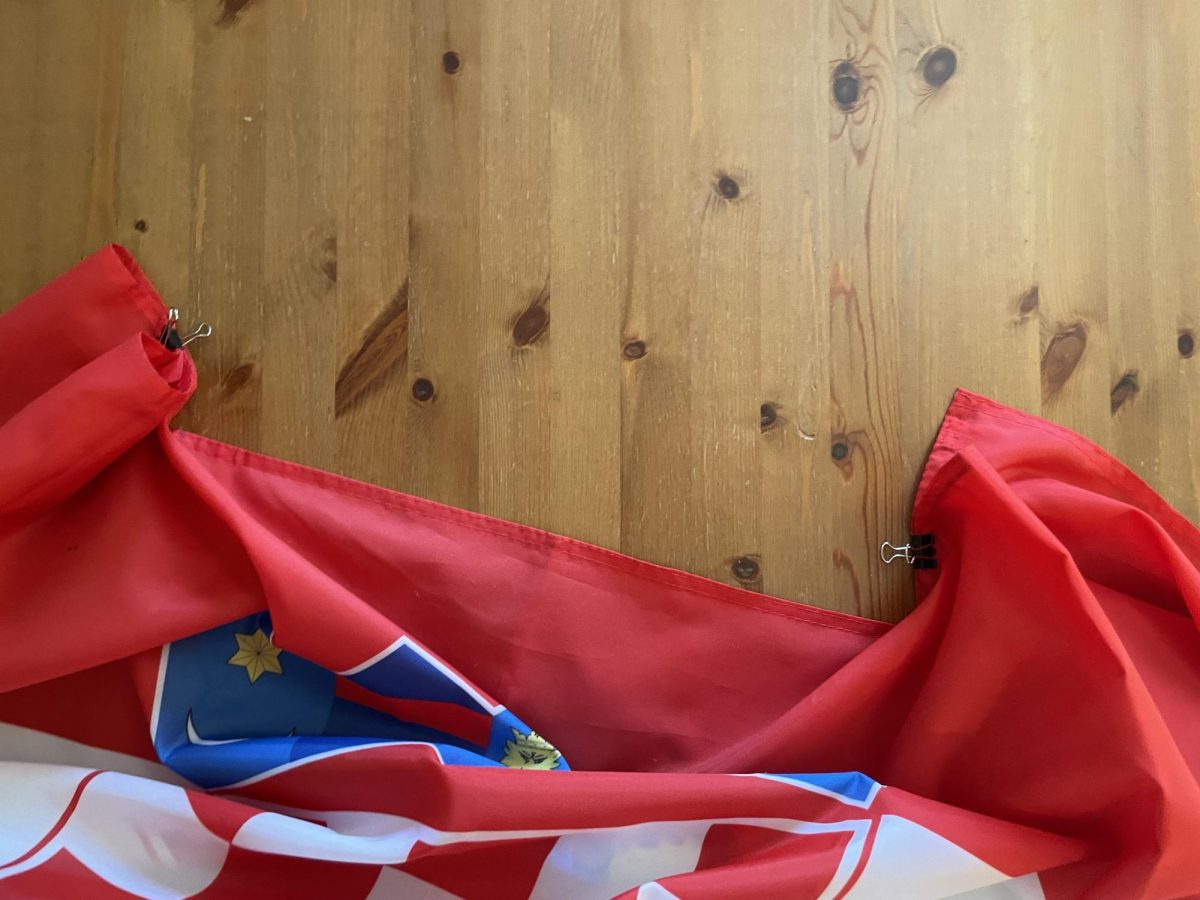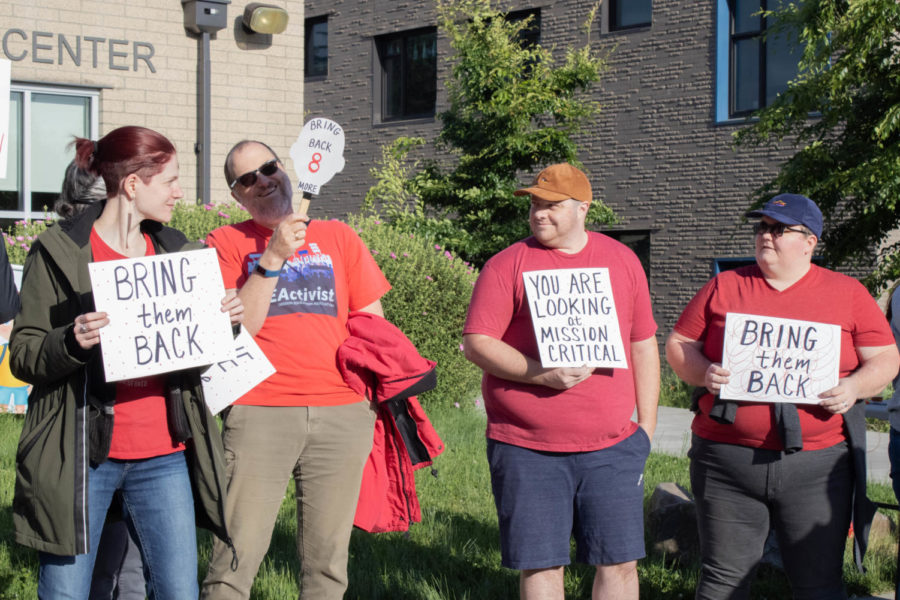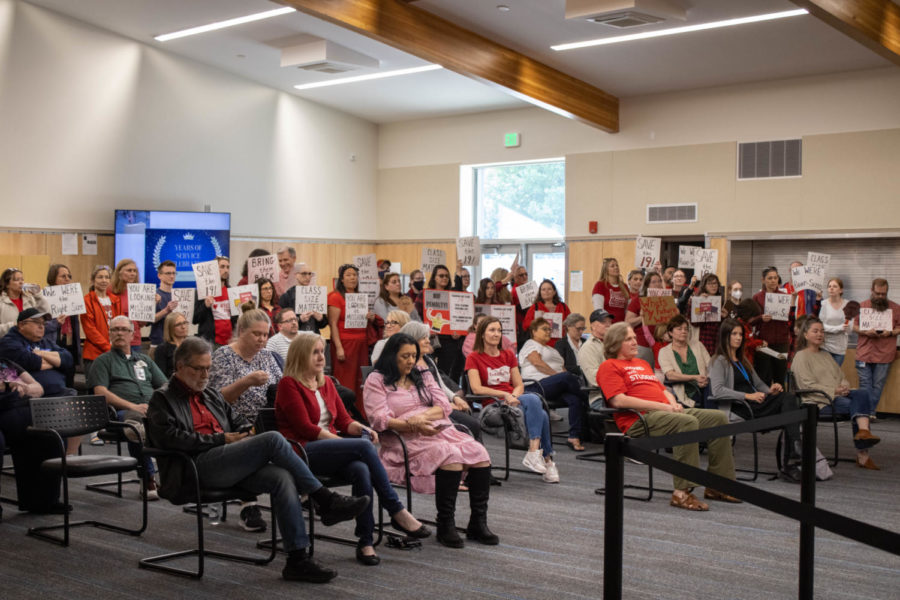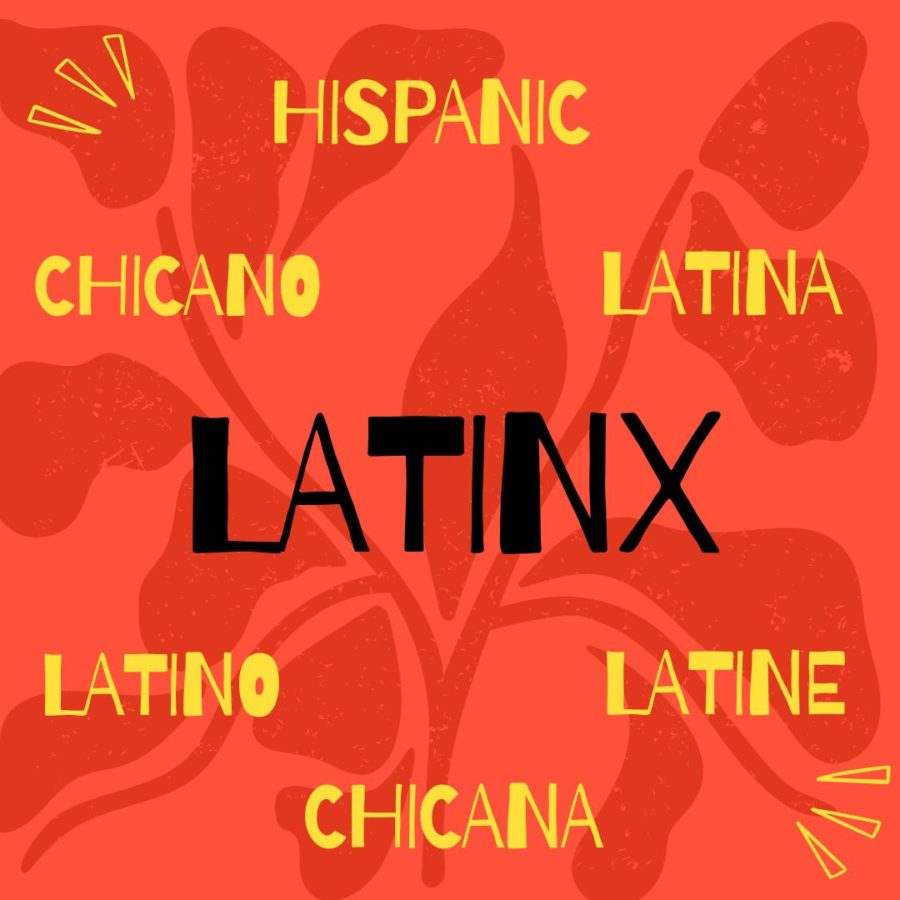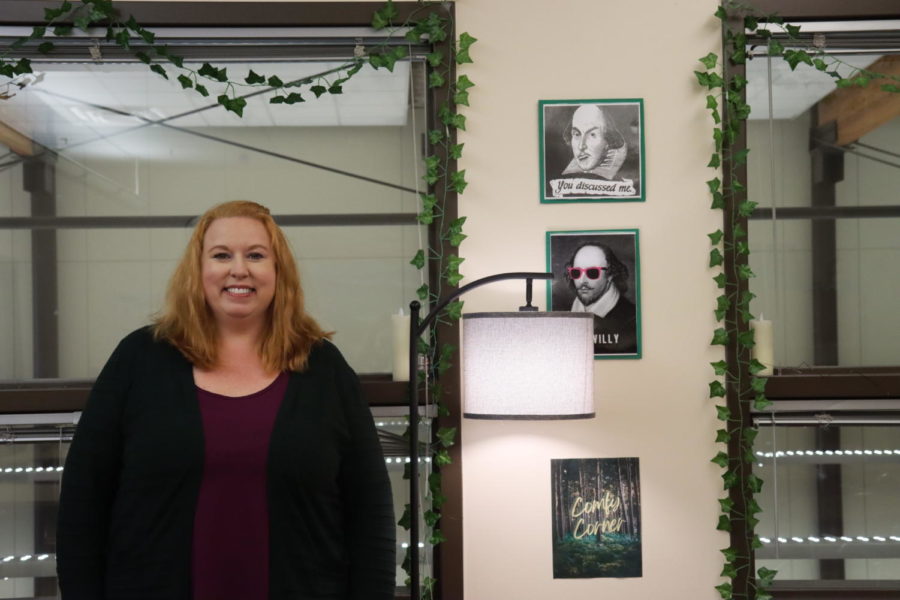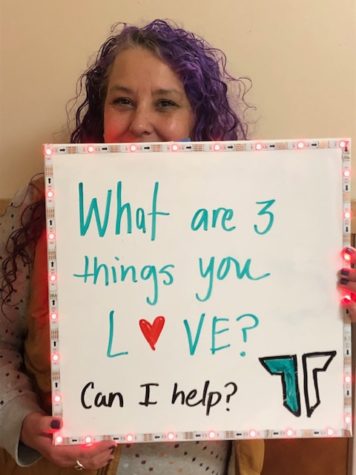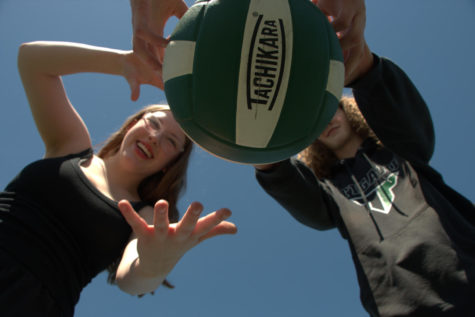Examining student rights
A deep dive into the district’s handling of Dec. 1 student protest
Brooke Baxter and Vanesa Barragan
February 4, 2022
Following a social media incident that came to light over Thanksgiving break regarding racist slurs shared by a member of the Tigard community, students gathered in protest of white privilege and hate speech.
The post originated on Instagram, off-campus and targeted no specific individuals but rather targeted their communities as a whole. The video was anonymously reported to authorities through the Safe Oregon website starting late on Nov. 24, and it’s presence spread quickly through social media where more students began to learn about the video because of screenshots that friends shared.
The video itself did not instigate the protest. Instead, the organizers were alarmed when the student shown in the video arrived at school on Tuesday, Nov. 30 and was escorted between classes by the SRO.
“It’s absolutely not right, what she said, and it’s not right how the school initially treated it,” freshman Anthony Garcia stated. “It should be treated effectively and it should be treated now.”
The walkout was organized by four students, sophomores Anahi Sanchez-Harmon, Antione Simone, Kathy Velazquez, and Dalila Mendez Hernandez.
On the morning of Wednesday, Dec. 1, the student organizers went around the school, posting flyers sharing information and awareness of their efforts to protest. Shortly after, they were called into the office to speak with some administration members.
“Mrs. Dailey and Mrs. Morales had told me they supported me and that Mr. Bailey wanted to work with me to make everything more peaceful and to hear their side of the story,” Sanchez-Harmon shared, referring to the various administrators present.
According to Sanchez-Harmon the administration told the students that their protest would not be a punishable act. In other words, it would be allowed. In fact, teachers were informed about the change in an email from Principal Bailey which read: “At 11:00, students wishing to participate will gather in the commons where the students and I will host a dialogue and conversation about hate speech, 1st amendment rights, the intersectionality of those rights and school/board policies, among other topics. Because this is no longer an issue of civil disobedience or protest, students wishing to participate should be excused to leave … and given an opportunity to make up any work they miss in class.”
This opportunity to protest was characterized in school board meeting notes from a Dec. 13 meeting as “a school-sponsored student listening session.”
At 11:05 a.m., students walked out of their classrooms and met in the commons to speak up about their experiences facing discrimination at Tigard.
Facing the crowd, students stood on the learning stairs with posters that read; “Why is ending racism a debate,” “If you’re not angry, you’re not paying attention,” “Injustice anywhere is a threat to justice everywhere,” “No justice, no peace,” “Listen, learn, change,” and “End white privilege now.”
During the protest, students took turns taking the microphone to share their personal stories and experiences. A few students spoke about their younger siblings facing racism and how they wanted to protect them. Others shared their personal experiences about being called racial slurs in the hallways, along with other hurtful comments about their appearance.
The power of this experience was felt by the students and the adults who were able to attend.
“The student voices I heard on the day of the walkout impacted me deeply,” Culturally Responsive Coordinator Matt Kingsley said. “At first, there were only a few students standing on the steps in front of the others. But as those students courageously spoke their truth, others stepped out of the crowd to join them and add their voices. It was a very moving experience and the sense of urgency and frustration was palpable.”
“We were protesting against the white privilege in the community and the way hate speech is so normalized in a place with such diversity,” Sanchez-Harmon said. “It isn’t fair to us people of color.”
No Place For Hate club president Henry Castillo shared his thoughts of the events that took place on Dec. 1.
“In my speech I talked about how the administration was being hypocritical about their policy when it comes to hate speech,” Castillo explained. “I don’t think that the policies should be changed but I do think that they have to actually [be] enforced.”
Castillo was referring to the fact the student who had been recorded making the hateful comments was seen in the building earlier that week seemingly unpunished and with adult escort.
Students began leaving the crowd to stand in solidarity with their peers, filling the steps of the learning stairs.
Some students headed outside to march and talk with reporters and some continued the march off campus. In total, the protest lasted about two hours.
However, not all students participated in the protest and instead stayed in their classrooms. Some teachers who were initially told by administration to mark students who participated absent did not see the updated email at the beginning of the 2nd block, and they passed the incorrect information on to their students. Approximately 400 students attended the initial protest.
In June 2020, the Tigard-Tualatin school district adopted Resolution 1920-19 committing to be an anti-racist school district and to condemn racism. According to the resolution TTSD is committed to, “condemning racism, racial violence, white supremacy, hate speech, and bigotry in all forms inside and outside of our schools.”
Since the hate speech seen in the video was recorded off campus and not during school hours, there has been confusion and debate on what the administration can do in terms of punishment.
Generally the ACLU has sided with student rights on the matter. The ACLU website states that, “you have the right to speak your mind on social media. Your school cannot punish you for content you post off campus and outside of school hours that does not relate to school. Some schools have attempted to punish students even for off-campus, online posts. While courts have differed on the constitutionality of those punishments, the ACLU has challenged such overreach.”
However, during the Dec. 13 school board meeting, Superintendent Sue Rieke-Smith addressed the district’s handling of the hate speech and ensuing walk out by first delving into student rights as determined by the Tinker v. Des Moines Independent Community School District Supreme Court case and the more recent decision 2021’s Mahanoy Area School District vs. B.L..
During the meeting, which was recorded and posted on youtube, the case of Tinker v. Des Moines Independent Community School District was brought up to clarify free speech within schools. According to the Tinker decision, students do not “shed their constitutional rights to freedom of speech or expression at the schoolhouse gate.” However, schools are permitted to take action if the free speech causes a “material or substantial disruption” to the school day.
While the Mahanoy ruling sided with the student, the Supreme Court disagreed that any speech off-campus is beyond a school’s reach. The takeaway from Rieke-Smith’s presentation was that, in an incident of hate speech, it would be justifiable for a student’s off campus speech to create a disruption, like a walkout, in the school day, and therefore, could be disciplined.
Rieke-Smith also admitted that part of the problem in the district’s handling of the case was that, while students were informed through an email that an incident had taken place, they were not informed that an investigation was ongoing. School Board Student Representative senior Henry Taylor-Goalby from Tigard shared that he heard students talk about the walk out being caused by a lack of transparency from administrators to students about what was happening.
The Supreme Court decision used to protect student speech within school was being used to punish student speech outside of school.
Right now, the administration’s main focus is on re-education and holding those who use hate speech accountable.
Principal Brian Bailey commented on the change the administration is putting into place.
“In recent years, [Tigard High] has created a board policy to address hate speech,” Bailey said. “There is still work to do, and it’ll be a long road, but we’re committed to [eliminating hate speech in school], and I think that it does start with education.”
However, Bailey has not stated any specific plans for re-education but has mentioned more extended second block lessons and surveys for students.
A survey was sent out on Dec. 6 allowing students to share their thoughts and feelings about the protest, and give advice to the school on how to handle hate speech better in the future. The survey accepted anonymous responses to protect students’ identities and to allow them to answer truthfully. The following week after the protest, staff and students met in the library during lunch to provide an additional space for students to share their experiences with an audience of adults in the building.
“We have a group called the Building Equity Leadership Team and they’re going to review this information and come up with a plan to address this with students and a plan to address this with staff,” Bailey explained. “And we want to hear from students and staff about what’s working and what’s not working. So then we can create a plan for whatever our next steps are right.”
Since the listening sessions and survey, nothing else has come out for students to share their input on the situation. The student seen in the original video is no longer enrolled at Tigard High.
For several students, it was difficult to see no effort of change being made by administration. Sanchez-Harmon expressed that the girl in the video is just one example of hate speech that happened to get caught. She shared the reality that so many students at Tigard experience this kind of hate speech daily.
“I hope people realize that their voice is heard. You are a student at Tigard, you are a student that has a very large voice, and you are a student that can step up and say things with meaning behind it,” sophomore Janae Ausbie shared. “It was great to see so many people come together to express themselves and demand equality and greatness for all. I hope people continue to step up.”



